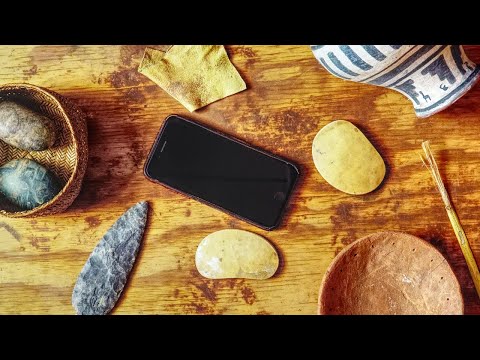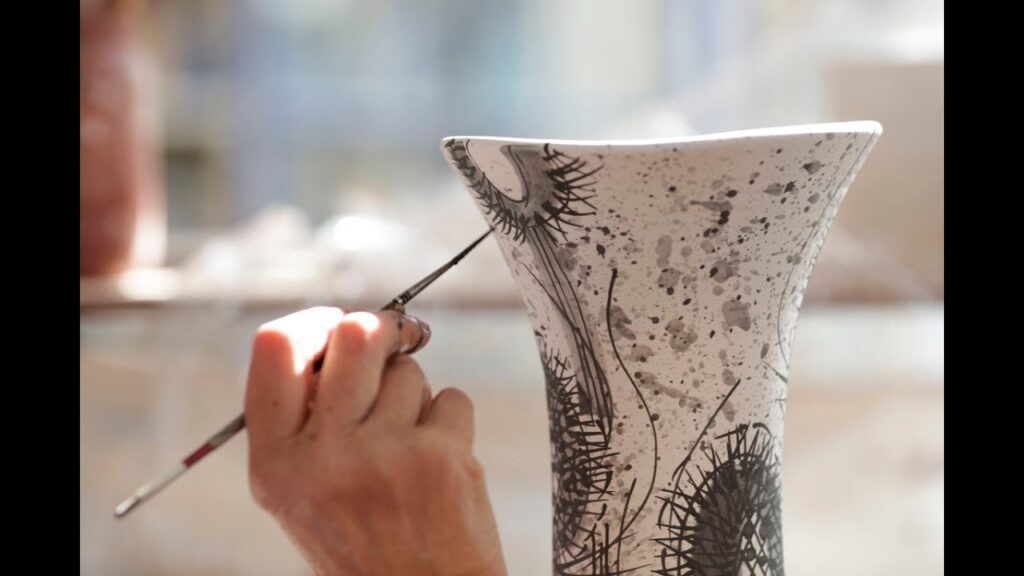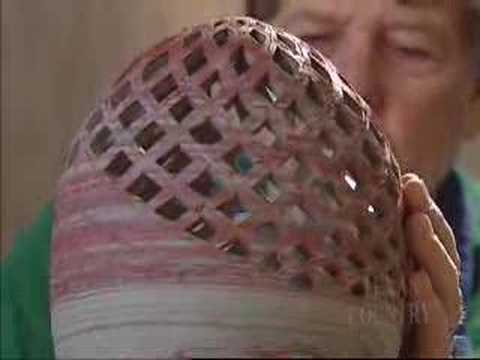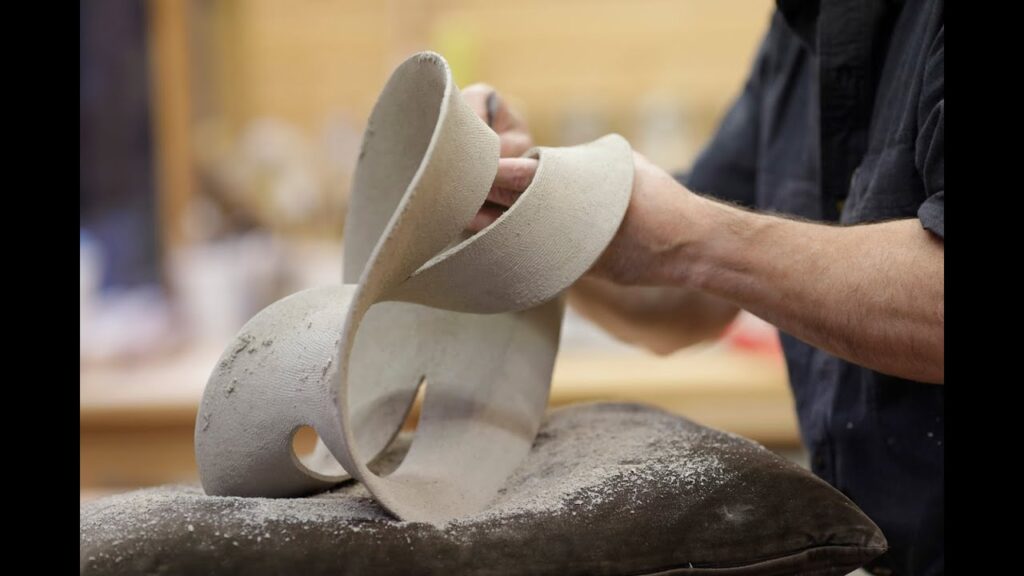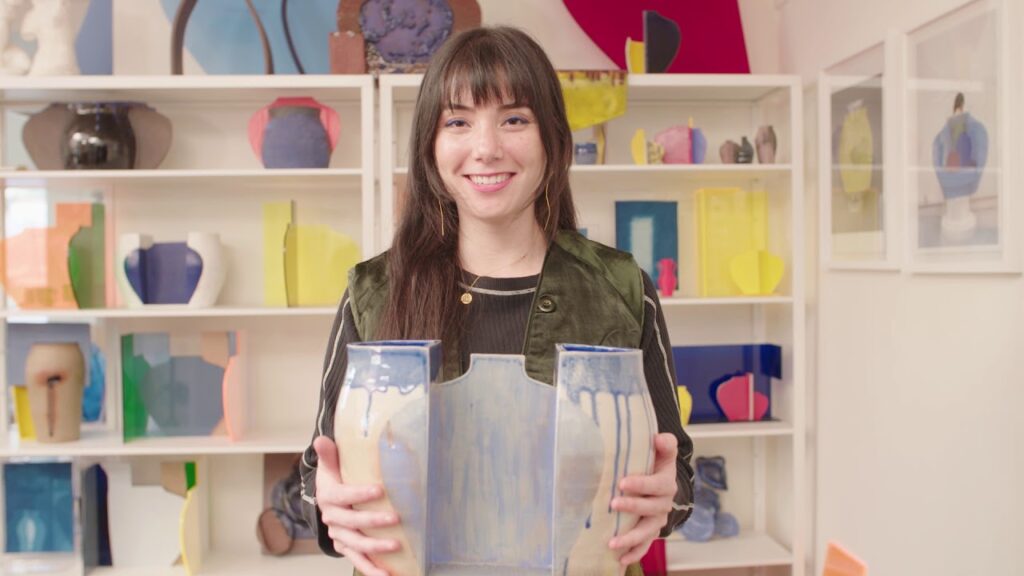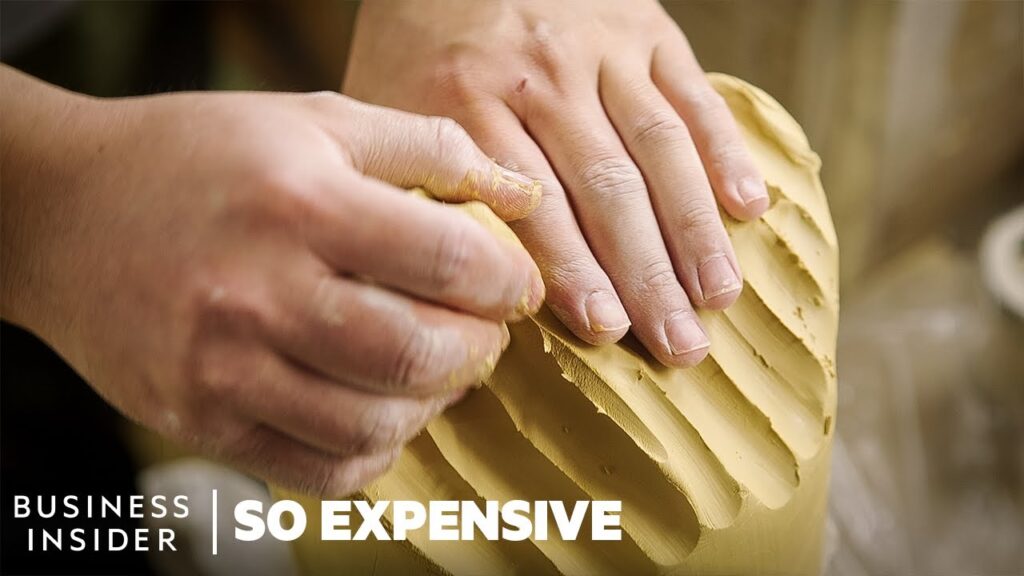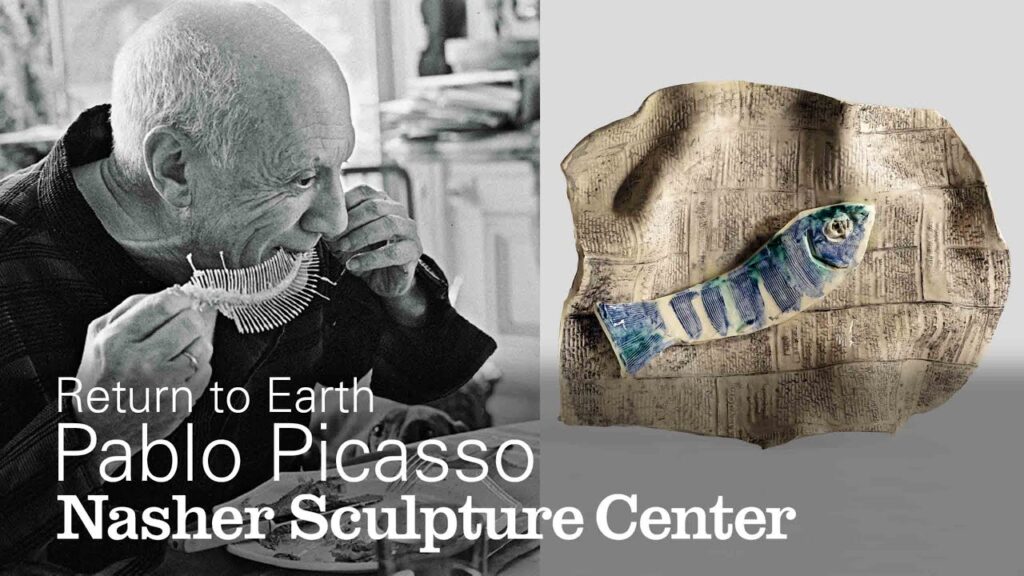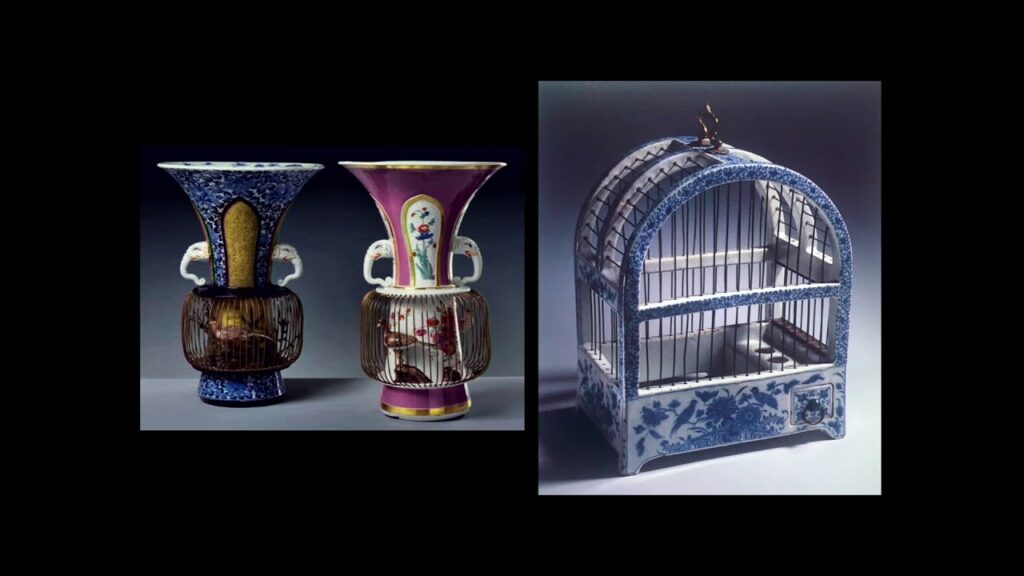Presented September 21, 2013.
'Pablo Picasso: Life with Art' – Dakin Hart, Senior Curator, The Noguchi Museum, New York
In this presentation Dakin Hart explores Picasso’s transition to ceramic practice after World War Two. Tracing the personal, social and political factors which lead to Picasso’s desire to create objects which merged both sculpture and painting to create a visual legacy which would withstand the test of time.
Organized to coincide with the public opening of the exhibition 'Return to Earth: Ceramic Sculpture of Fontana, Melotti, Miró, Noguchi, and Picasso, 1943–1963', this symposium offers a number of new perspectives on the often-overlooked, yet ground-breaking work in fired clay of some of the most important artists of the 20th century.
Watch other presentation from the 'Return to Earth' Symposium:
'Joan Miró and the Artigases: A Phantasmagoric World of Living Monsters' – Jed Morse, Chief Curator, Nasher Sculpture Center
'Isamu Noguchi Ceramics: A Kind of Antisculpture' – Catherine Craft, Adjunct Assistant Curator for Research and Exhibitions, Nasher Sculpture Center
'A View from Today': Panel Discussion
Since 2006, Dakin Hart has been a prolific independent curator and researcher. Recent projects have included an unconventional retrospective of work by the American Fluxus, mail, and book artist Davi Det Hompson, on view at the ZieherSmith Gallery, New York, through March 2, 2013; and 'Sculpture in So Many Words: Text Pieces 1960–1980', which was presented at the Nasher Sculpture Center, Dallas in 2013. From 2007–2010, he worked with Picasso scholar John Richardson to develop a series of exhibitions for Gagosian Gallery exploring aspects of Picasso’s career. From 2006–2007, he was research assistant for Mr. Richardson on the third volume of the latter’s ongoing biography of Picasso, 'A Life of Picasso Vol. III: The Triumphant Years'. He has contributed a catalogue essays on Picasso, for the 'Return to Earth'. Dakin Hart has served as Assistant Director, Nasher Sculpture Center (2002–2004); Director of Arts Programs and Artistic Director, Montalvo Arts Center, Saratoga, CA (2000–2002); and Director of the Lucas Artist Residency Program, the third oldest artists’ community in the U.S. (2002). He was Assistant to the Director of The Fine Arts Museums of San Francisco from 1995–2000. Dakin Hart earned his B.A. in English, with a minor in art history, from Georgetown University, and an M.A. in the history of art from the Institute of Fine Arts, New York University, where he is presently working to complete his PhD (dissertation in process; projected 2013).
The Nasher Sculpture Center’s ongoing 360 Speaker Series features conversations and lectures on the ever-expanding definition of sculpture. Guests are invited to witness first-hand accounts of the inspiration behind some of the world’s most innovative artwork, architecture and design.
Find out more about the 360 Speaker Series and view presentation by past speakers at
Stay in touch with the Nasher Sculpture Center via social media:
Facebook:
Twitter:
Pinterest:
Instagram:
Periscope:
The 360 videography project is supported by Suzanne and Ansel Aberly. This support enables digital recording of all 360 Speaker Series programs and the creation of an online archive for learners of all ages.

